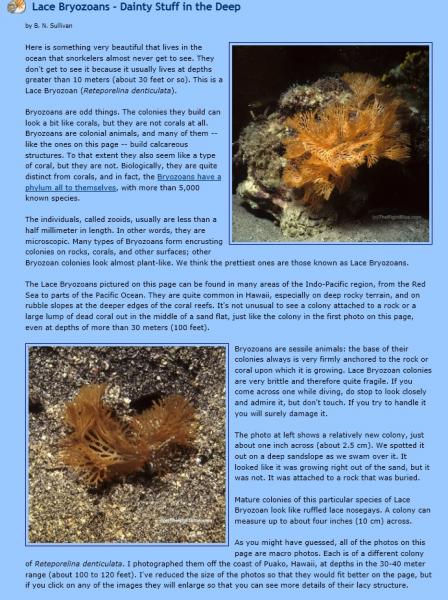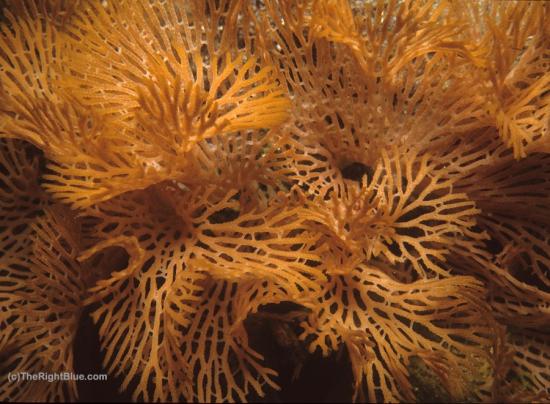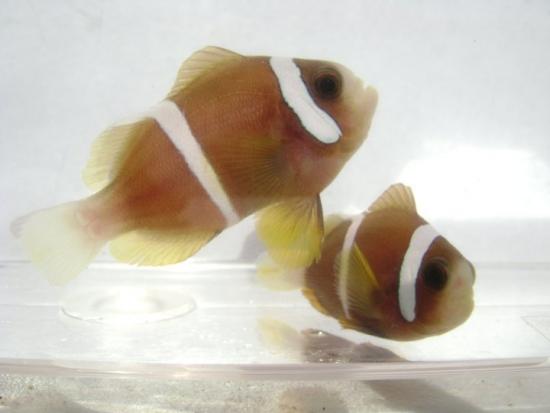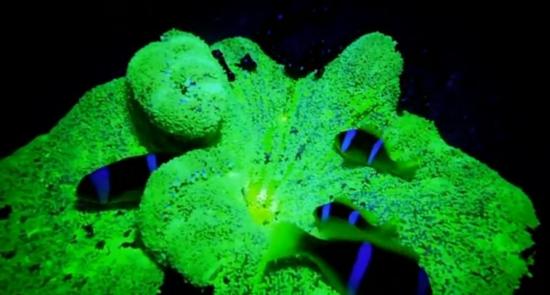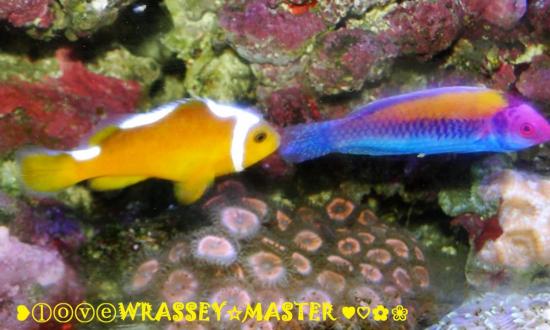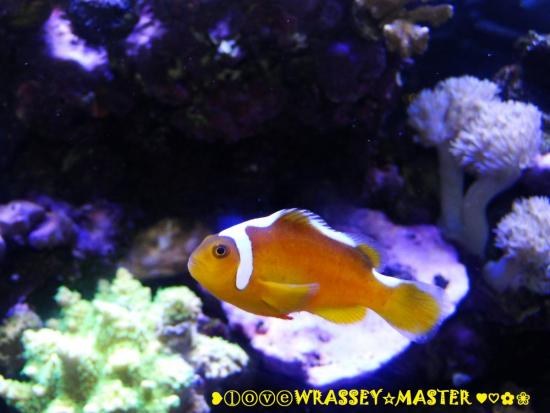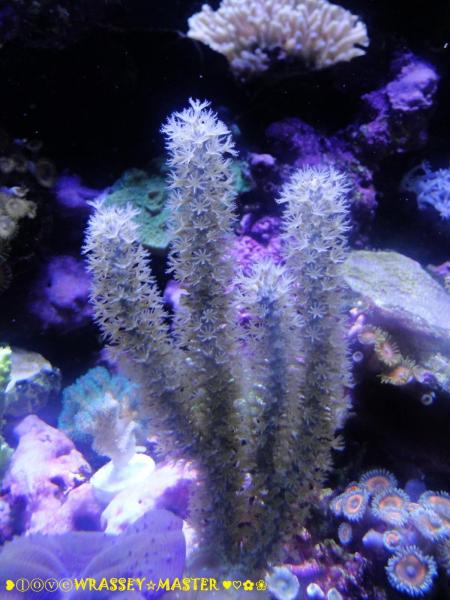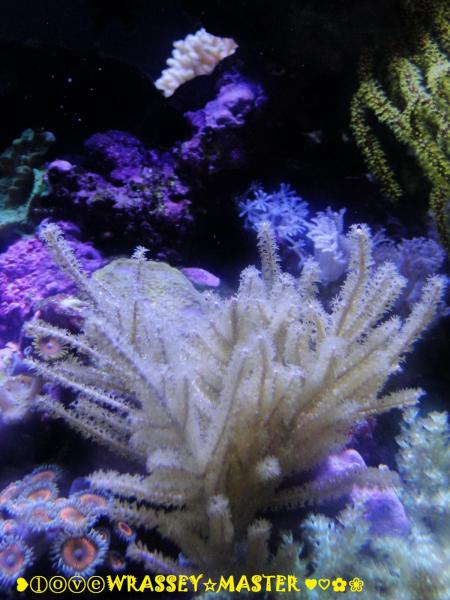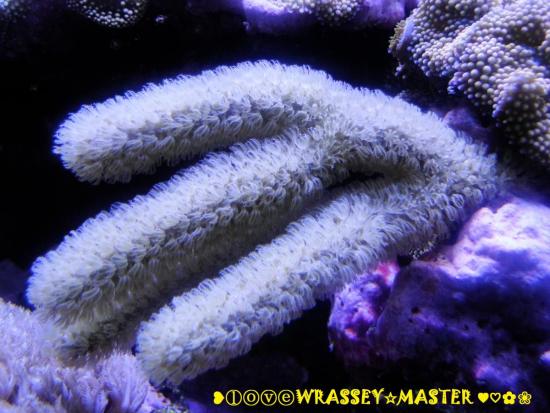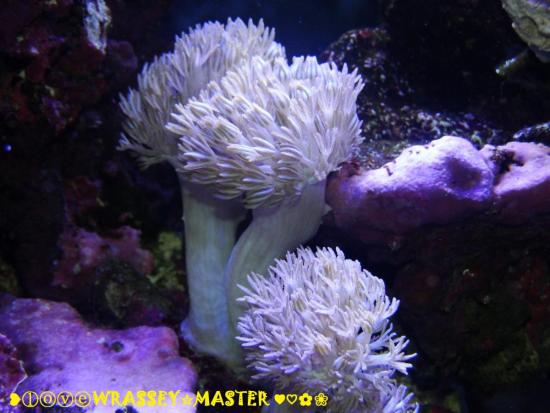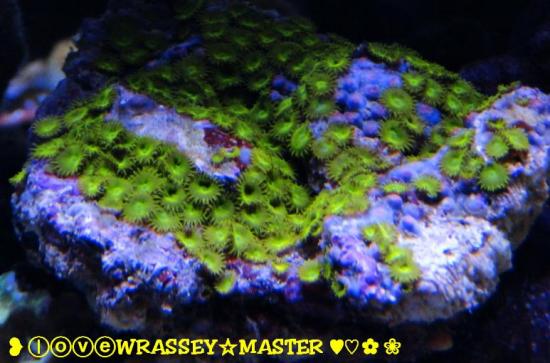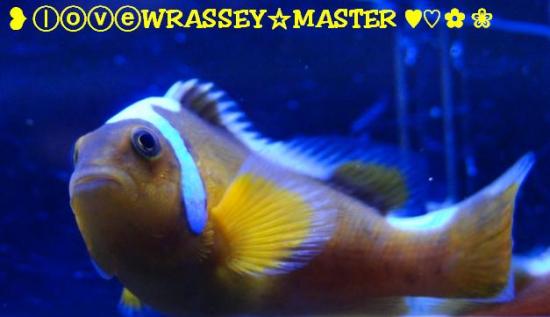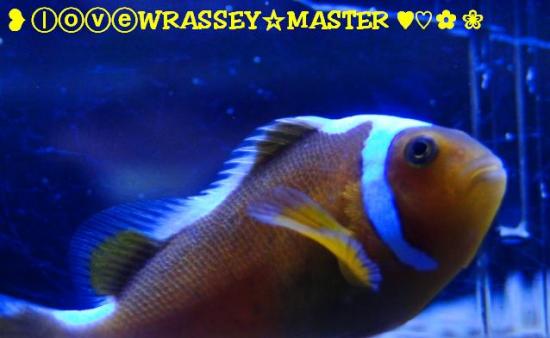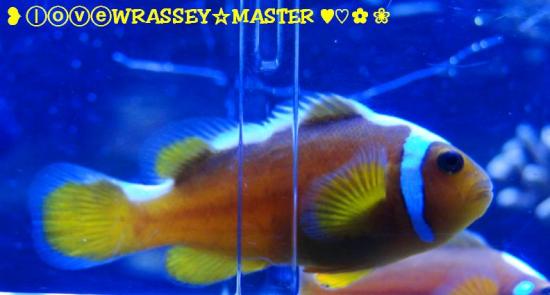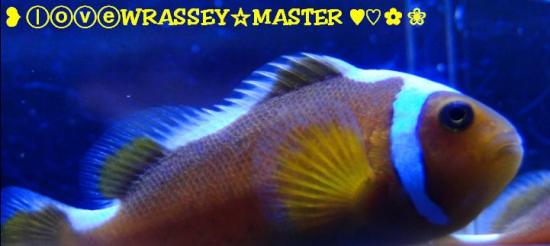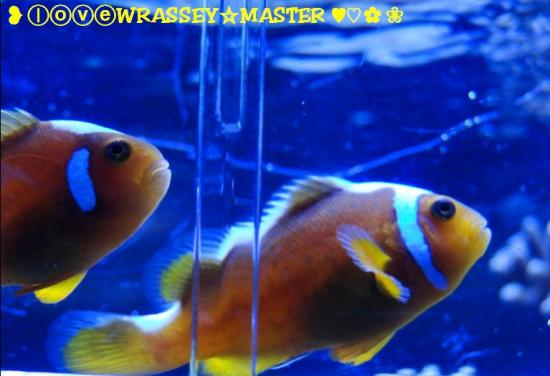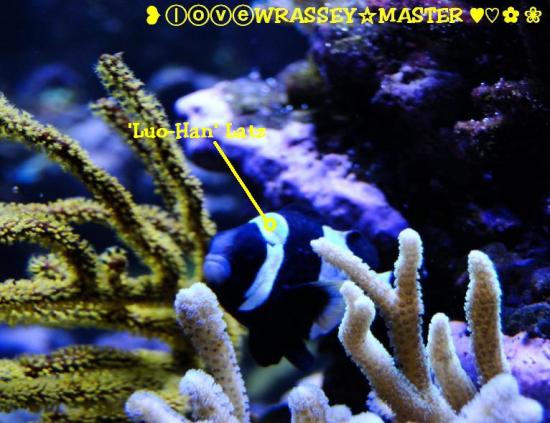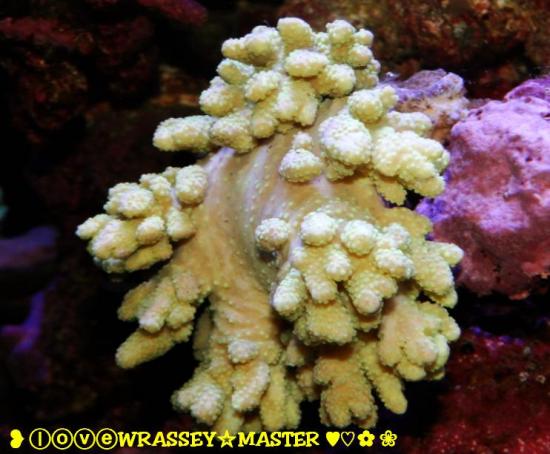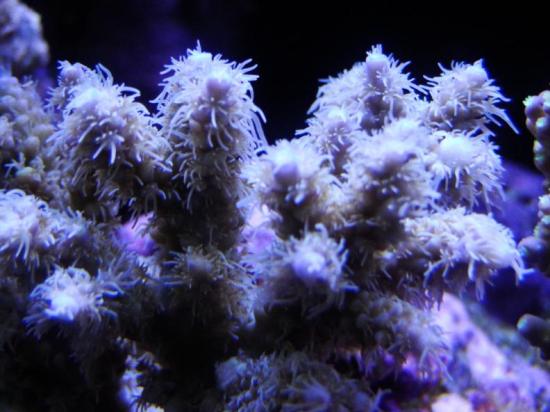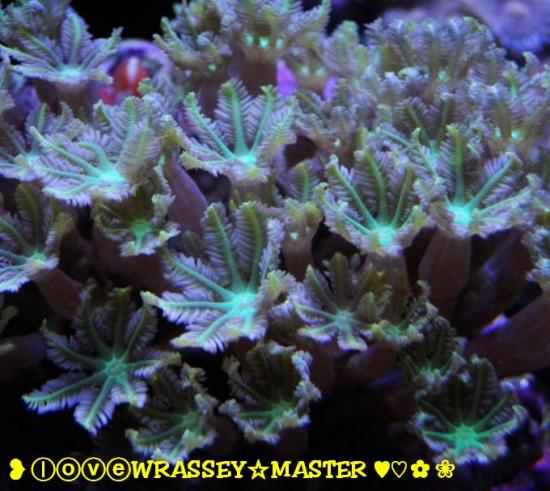-
Posts
4,897 -
Joined
-
Last visited
-
Days Won
7
Content Type
Profiles
Forums
Gallery
Everything posted by kueytoc
-
Where did U buy from mate ?
-
-
WOW !...landscaping is superb. Luv the "Cabbage-Patch" Monti & ''Flying-Saucer'' Monti.
-
-
Niceeezzz...got any spare frag boh ???
-
WOW !...swee swee 'Gorgie' & eye-candy softies swinging in the background.
-
I was expecting a slinky 'thong'....Hehehe
-
Luv the well balanced vibrant colors of ya GEMS.
-
-
-
-
:thumbsup:
-
The Scopas Tang: Mistaken Identity ??? Published: Dave Wolfenden Monday 11 April 2011, 7:58 am Zebrasoma scopas is a trade oddity. Is it a species in its own right or colour morph of the Yellow tang? Dave Wolfenden searches for some answers. The Scopas tang is a medium-sized sailfin of the genus Zebrasoma which also includes the Yellow tang (Z. flavescens). It’s found in the Indo-Pacific, from Japan to China and from East Africa to Polynesia. In the wild Z. scopas grazes in relatively shallow sunlit regions of the reef, usually congregating in schools in the turbulent, oxygen-rich waters. Home comforts Growing to 20cm/8” in the aquarium and with a boisterous, territorial nature this fish demands room and a tank size of 400 l/88 gal is probably minimum for one. Although Z. flavescens can be kept in shoals of around six, Z. scopas tends to be less tolerant of conspecifics and it’s not recommended to keep more than one in the same system, unless enough territory is available. Mixing this species with others of the same genus can often be fraught and territorial disputes often break out, particularly if an individual has claimed its patch prior to subsequent tank mates arriving. Aggressive interactions can be fatal, thanks to razor-sharp scalpels on the caudal peduncle. Although it has been suggested that adding specimens from the genus all at once can help reduce fighting this is not guaranteed. As far as non-Zebrasoma tank mates are concerned, however, the Scopas tang is relatively peaceful and it rarely engages in aggressive encounters with them. Fighting is only likely when tank mates compete for the same resources and territories. Provide it with ample rockwork to graze on, as this fish is ideal for the reef aquarium and tends to fare less well in a fish-only system. Bright reef quality lighting helps encourage growth of the filamentous algae which forms the staple part of the Scopas diet and strong water movement is key. Not only does it replicate the high-energy environment in which the fish is adapted to swim, but maintains dissolved oxygen at the high levels necessary for successful maintenance. Algae lovers Morphologically, Z. scopas has adapted to feed on filamentous algae using long, probing snouts, and they will also consume various species of macroalgae. It’s their ability to clear large amounts of filamentous algae that make them so useful in the reef aquarium. Given the opportunity, they will happily spend all day keeping your rockwork free of nuisance algae. Provide a variety of foods and they can quickly adapt to a wide range. Flake foods are accepted, as is frozen fare such as Mysis, Artemia and bloodworm, and offer regular supplies of some of the algae-based feeds for surgeonfish and other herbivores. Sushi nori is highly recommended too. They may occasionally pick at sessile invertebrates, probably as a result of hunger pangs, but ensuring a plentiful food supply can minimise this unwanted behaviour. Being herbivores these fish will be inclined to feed for most of the day, so the opportunities to do so should be replicated in captivity. Colour variation Part of the Scopas tang’s appeal is undoubtedly its huge degree of variation, but it’s also the source of considerable confusion when identifying specimens. Variants may be brown, black, green or grey, with some individuals exhibiting bizarre blotched patterns of more than one colour. Many individuals can, over time, change colour once introduced into the aquarium, so that striking fish you’ve just purchased might not stay that way! The exact taxonomic status of these mixed colour variants is far from clear, but some authorities suggest they may be hybrids between sympatric (living in the same region) individuals of Z. scopas and Z. flavescens. Juvenile Z. scopas exhibit slightly different coloration to adults, tending to possess a paler anterior, usually with more pronounced spots and banding, than the adults. The regular brown Scopas tangs cost upwards of £25, but unusual morphs such as the Tricolor tang tend fetch high prices. Expect to pay over £100 for a Tricolor, depending on its colour pattern. Breeding Z. scopas indulges in spawning in pairs or groups in the wild and they have been seen releasing their gametes during a ritual which involves swimming towards the surface. Occasional ‘sneaking’ or cuckoldry —whereby ‘satellite’ males rush in to fertilise eggs of an established pairing — has also been noted. Following spawning, the resulting ‘acronurus’ larvae drift in the plankton for many weeks, and look very different to their parents. This larval form, unique to surgeonfish, was once believed to be of a different group altogether. There have been no reliable reports of the Scopas tang being captive bred and the prospect of cultured Z. scopas remains elusive. There also appears no evidence of sexual dichromatism and no difference in coloration between males and females, although there does appear some sexual dimorphism — varying physical traits between sexes. Specifically, males grow larger than females. Is it a species? There’s long been debate as to the exact taxonomic status of the Scopas tang. Some sources place it as a separate species, but others feel it’s merely a colour variant of the Yellow tang (Z. flavescens). Researchers at the University of Guelph in Canada have used DNA ‘barcode’ techniques to establish the relationship between these ‘species’. The results suggest that the two are virtually identical, with less than 0.3% genetic divergence — the rest of their DNA sequences being shared. It appears that the Scopas tang may be at a point of evolutionary divergence from the Yellow tang (above). In other words, it is becoming a separate species but is related closely enough to interbreed with Z. flavescens. The jury still appears to be out… What to look for when buying… Zebrasoma scopas are hardy fish, which, given optimal conditions, present few major problems in captivity. Specimens should be bright and alert in your dealer’s tanks, and should be seen actively searching for food. Avoid any specimens that look emaciated as these are notoriously difficult, if not impossible, to adapt successfully to captive life. Once in the aquarium, preferably following quarantine, they are, of course, subject to the usual ailments. Scopas respond well to common treatments for parasitic diseases such as Cryptocaryon and Amyloodinium. They are susceptible to head and lateral line erosion (HLLE), which appears to have several causes, probably including poor water quality and dietary deficiencies. Ensuring optimal water conditions and a varied diet, using vitamin supplements, can help. Did you know? A study of specimens of Z. scopas collected from the Great Barrier Reef reveal that the tang’s intestines are home to a bustling community of protozoans. The microbial symbionts in the fish’s gut help process the algal diet of the tang, which is otherwise difficult to digest – hence the ‘partnership’ with symbiotic protozoans. Extracted from : http://www.practical...nt.php?sid=3810
-
A clear picture of the lovely aberrant Yellow Scopas in my tank thread,
-
Aquarium Fish: The Venerable Scopas Tang By Gregory Schiemer The scopas tang is not a demanding fish in captivity. It does best in a larger aquarium, which satisfies its need to roam and imparts a sense of security. Okay, it’s not the most exciting and colorful of marine fish, but the scopas tang ( Zebrasoma scopas ) is a utilitarian fish and a staple in the marine aquarium hobby. Lately, I’ve become somewhat fascinated with this fish. I’ll get to that later. The scopas tang, or brown tang, is a member of the genus Zebrasoma, which is a part of the family of tangs and surgeonfish, Acanthuridae. The genus Zebrasoma is a relatively small genus consisting of seven species that are characterized by their round, laterally compressed bodies and pointed snouts. They’re popular in the aquarium trade because of their color, shape, and propensity to eat nuisance algae in the aquarium. The long snout enables Zebrasoma tangs to reach filamentous algae in reef interstices that are out of the reach of other Acanthurids. Zebrasoma are found in every tropical ocean and sea except the Atlantic. The scopas tang is equally widespread and occurs throughout the Indo-Pacific Ocean from Africa to Japan. Juvenile scopas tangs are generally solitary fish and never stray far from the cover of the reef. Adults roam wide expanses of the reef and can be found singly, in pairs and in large groups of the same or mixed species of tangs. They inhabit lagoonal areas as well as the outer reef from a depth of two to sixty feet. There are no visible differences between males and females of the species, but juvenile scopas tangs have exaggerated dorsal and a-nal fins as well as thin white vertical lines that transverse the body. In some respects they resemble juveniles of the sail fin tangs, Z. desjadinii and Z. veliferum. Scopas tangs reach an ultimate adult size of 20 cm. That’s quite a bit smaller than the giants of the genus, the sailfin tangs, which can reach lengths of 30-40 cm. The coloration of scopas tangs is highly variable. It incorporates shades of gray, brown, yellow and white. Some specimens can be solid yellow, while others solid black! The black variants are sometimes sold as Z. rostratum, the black tang. The genuine black tang is a more expensive fish with limited distribution. It differs from the scopas in having a longer snout and a greenish tinge that runs along the base of the dorsal fin. There are reports of interspecific hybridization, which may explain the appearance of black scopas tangs. There are also odd scopas tangs that appear to be a mix of black, yellow ( Z. flavescens ), and brown tangs. There’s some question as to whether these wild color schemes are the result of cross-breeding or simply mutations. There’s even speculation that it’s related to a fungus! I can attest to the fact that these "mutant" scopas tangs will and often do change color in captivity, so be careful what you pay for! I have a specimen that changed from a mostly yellow coloration, with splatterings of black, into one that’s now half brown and yellow. This color change occurred over a period of a few months. Scopas tangs mate in groups by scattering eggs and sperm into the water column. It’s unlikely that they will reproduce in home aquariums, although the spawning behavior of the similar yellow tang has been observed in captivity at the Waikiki Aquarium. The scopas tang is not a demanding fish in captivity. It does best in a larger aquarium, which satisfies its need to roam and imparts a sense of security. Zebrasoma tangs in general tend to be more skittish in smaller aquariums. I wouldn’t keep a juvenile in anything smaller than a thirty-long. A reef-type aquarium is the best setup for a scopas tang. They benefit from the bright light, improved water quality and additional feeding opportunities afforded by a reef aquarium. They’re also less-likely to develop head and later line erosion (HLLE) in reef setups. This disfiguring malady is thought to be related to deteriorating water quality, nutritional deficiencies and dim lighting. Zebrasoma tangs are particularly susceptible to it. The scopas tang is predominantly herbivorous, but will eat a variety of foods in captivity. They’re not finicky eaters and, if otherwise healthy, will adapt quickly to prepared foods such as spriulina-enriched flakes, dried macro-algae, mysis and brine shrimp, and other meaty seafoods. They have a high metabolism, especially juveniles, and will lose body weight quickly if not fed at least daily. I recommend feeding dried macroalage in clips, or rubber-banded to rocks, at least every other day. Ocean Nutrition’s Seaweed Selects and Two Little Fishies’ Sea Veggies offer a variety of dried macroalage products. Well-fed scopas tangs are also less likely to pick on sessile invertebrates. While Zebrasoma tangs are generally considered "reef-safe," individuals have been known to occasionally pick at large-polyped stony corals and soft corals. Offering alternative feeding opportunities, such as algae in a clip, will sometimes thwart this bad behavior. Many Zebrasoma tangs will pick at the "mouth" of large-polyped stony corals to induce the release of excess zooxanthellae, which the fish relish. This generally does no harm to the coral. When purchasing a scopas tang look for an alert individual that is actively grazing around the aquarium. Ask to see the fish eat. There’s something wrong with a scopas tang that won’t eat. Avoid fish that exhibit "flashing" behavior. This is where the fish acts agitated, spreads its fins and dashes across the aquarium. Also avoid fish scraping against the rocks, with obvious signs of external parasites, or with patchy white areas on any of the clear fins. Torn fins are okay and will heal quickly. They’re usually the result of battles with other tangs. Scopas tangs use their sharp "scalpels," which are tucked into sheaths on their caudal peduncles, to slash at rival tangs. Scopas tangs are often underfed at retail establishments and begin to show signs of starvation. If the starvation has progressed to the point where "pinching" can be observed in the area of the dorsal musculature (the muscles running along the top of the spine, below the dorsal fin), then the fish will usually not recover. "Pinched" stomachs are common and the fish can be fattened up quickly by allowing it to graze continually on dried macroalage for a few straight days. Scopas tangs, like most of the Acanthurids, are susceptible to parasites. They benefit from a period of quarantine, where they can be treated medicinally, if necessary, and learn to accept prepared foods. They can recover spontaneously from parasitic infections, if the display aquarium offers a stress-free environment and they are well-fed, but quarantining is always best. Scopas tangs are territorial fish that can be belligerent towards other fish, especially those from the same genus. I would not mix more than one scopas tang in anything but the largest of aquariums. You’ll also find it difficult to mix other Zebrasoma tangs in the same aquarium with a resident scopas tang. The best chance is to mix large and small specimens of different Zebrasoma species, with the larger specimen preferably introduced last. Extracted from http://www.advanceda...om/2002/11/fish
-
Allard's Clownfish Description Allards Clownfish are one of the more sought after species, as they are relatively rare and hard to find. Clownfish are often admired when seen hosting in an anemone. Clownfish and Anemones do not need each other in order to survive or live happily. Because Anemones require intense lighting and a very stable environment in a well established reef aquarium, it is often better to choose host that requires lesser maintenance for the clownfish. Diet Clownfish will accept just about any type of marine based diet you offer them. Feed a varied diet including frozen mysis shrimp, raw shrimp, silversides, flake, pellet and other commercially prepared foods. If hosting in an anemone or coral, the clownfish may take food back to it's host and feed it.



